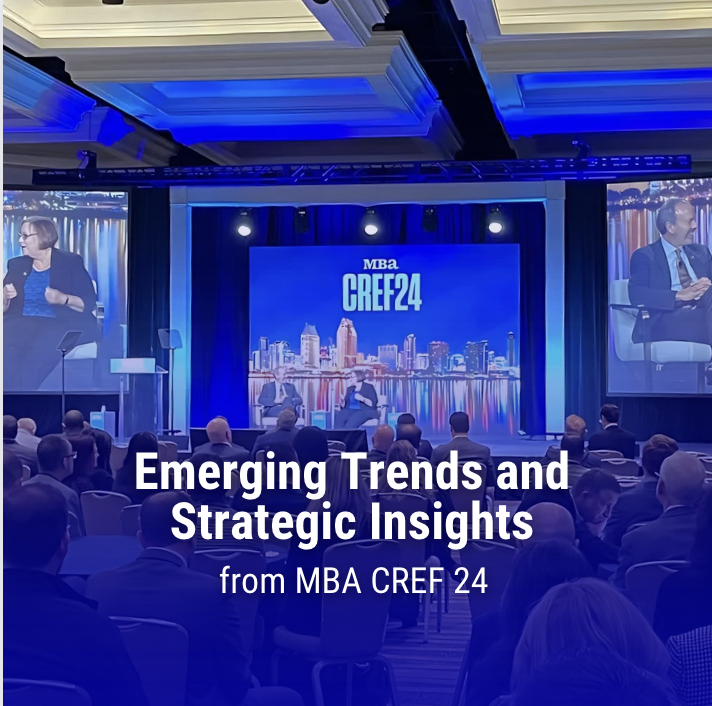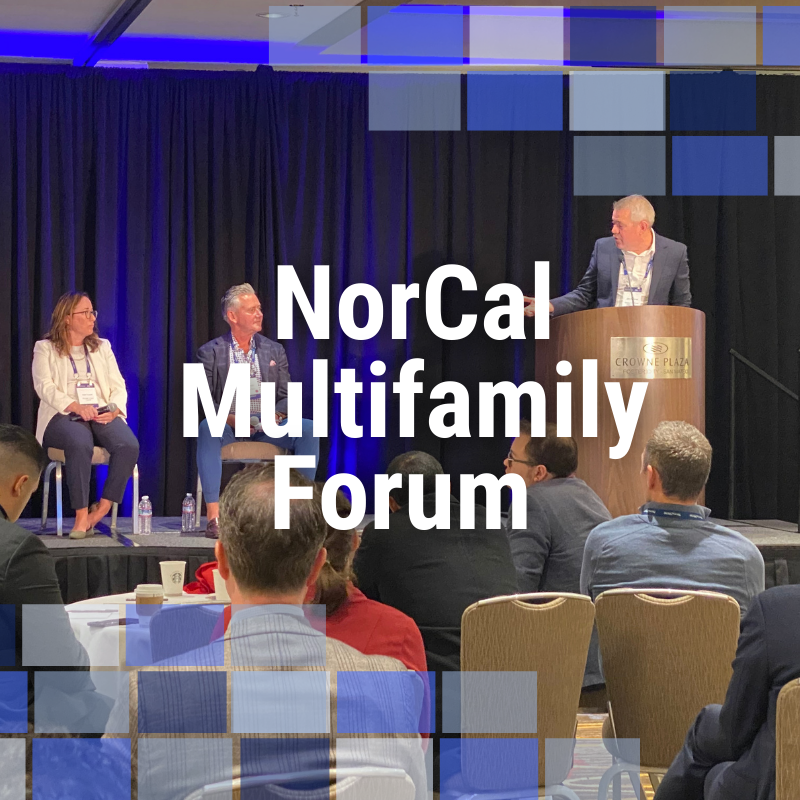How Smart Capital Assists Investors and Property Owners with Personal Financial Statements (PFS)
Presenting a personal financial statement to a lender is necessary for people seeking to borrow money for investment. It is crucial for the individual and the financial institution to have a shared understanding of the individual’s financial obligations to assess the borrower’s financial strength and establish the next steps. Before obtaining a loan or any…

Presenting a personal financial statement to a lender is necessary for people seeking to borrow money for investment. It is crucial for the individual and the financial institution to have a shared understanding of the individual’s financial obligations to assess the borrower’s financial strength and establish the next steps.
Before obtaining a loan or any type of financing, Commercial Real Estate (CRE) owners and investors must fill out a Personal Financial Statement (PFS). A personal financial statement is a useful tool for assessing one’s financial situation, as it may be used to monitor assets and expenses and to plan for the future. In addition, lenders frequently look at these documents when a customer applies for credit or a loan, including a mortgage.
Lenders often need guarantors to provide financial statements detailing their income, assets, and liabilities so that they may assess whether the guarantors will be able to repay the loan or not. Although lenders frequently use different formats for their personal financial statement, they all summarize the guarantor’s financial situation and contain the same general information.
Parts of a Personal Financial Statement
A personal financial statement is a spreadsheet that lists an individual’s, a couple’s, or a company’s assets and obligations at a certain period. Assuming a standard two-column layout, the left column would list assets, and the right column would list liabilities.
Typically, it will include a balance sheet and a statement of income flows. Similar to how a balance sheet for a corporation consists of all company assets and liabilities, the personal financial statement’s balance sheet section also lists all the assets and liabilities of the individual. However, while the income flow itemizes all factors that contribute to one’s wealth, the expenditure flow only includes those factors that directly impact the person’s spending habits.
The Balance Sheet

The balance sheet must contain a summary of the borrower’s assets (what you own), the borrower’s liabilities (what you owe), and the borrower’s net worth (assets minus liabilities).
Assets are classified into three categories, liquid assets, large assets, and investments. Assets that can be quickly sold or converted into cash without losing value are considered liquid assets. A few examples are savings accounts, money market accounts, checking accounts, and cold hard cash.
Meanwhile, large assets include houses, automobiles, yachts, pieces of art, and furniture. It is important to utilize the current market value of these assets when compiling a personal balance sheet.
Lastly, investments include bonds, stocks, certificates of deposit, mutual funds, and real estate. An investment is any object or asset acquired with the expectation of future gain. Investment purchases are made with the expectation that they will be used in the future to generate income rather than immediate consumption.
On the other hand, liabilities are simply the debt a person needs to pay off to an entity or a company. Liabilities include current bills, payments still owed on assets like cars and houses, credit card balances, and other loans. Over time, liabilities are settled by transferring economic benefits like cash, goods, or services.
There are two main types of liabilities, current (near-term liabilities) and non-current (long-term) liabilities.
Short-term liabilities, such as credit card bills, delinquent taxes, and payday loans, must be paid off in less than a year. Analysts and lenders typically prefer individuals to pay current liabilities in cash within a year. Short-term liabilities cover payroll expenses and accounts payable, including money owed to vendors, monthly utility bills, and similar charges.
Meanwhile, long-term liabilities must be paid off in more than 12 months. Long-term liabilities include account balances for mortgages payable, personal loans, business loans, and auto loans.
Typically, lenders and analysts require proof that long-term debts can be settled with assets earned from projected income or financing deals. Long-term liabilities are not limited to bonds and loans, it can also include rent, deferred taxes, salaries, and pensions.
Assets must always match liabilities and shareholders’ equity on a balance sheet for it to be accurate. If the balance sheet does not balance, it means that one or more of the accounting entries is inaccurate.
Cash Flow Statements

A personal cash flow statement must include the borrower’s cash inflows and outflows. Cash inflows mainly consist of anything that generates income, such as salaries, interest from savings accounts, dividends from expenses, or money they’ve received from selling assets like houses or cars.
Income statements reveal how much money a company or individual brought in and spent over time. The borrower’s income sources are detailed in the income statement. Typically, they include salaries, dividends, interest profits, payouts, and gifts.
Meanwhile, cash outflow represents all the borrower’s expenses. Cash outflow typically includes rent or mortgage payments, utility bills, groceries, gas, entertainment, and anything they’ve spent money on in a specific period.
Borrowers can get their net cash flow by subtracting their outflow from their inflow. Lenders need to determine a borrower’s net cash flow as it shows how financially stable they are.
An individual has positive cash flow if the value of their income exceeds their total spending. Lenders will see this as a positive indicator that their financial situation is improving, and they may be a reliable borrower.
On the other hand, if your spending exceeds their income, their net cash flow is negative. For lenders, this is a red flag as this indicates that you are not managing their finances properly, showing that you are not financially ready for a loan.
To obtain a large loan, you must successfully persuade the lender. As an investor, their personal financial statement will serve as their marketing piece for lenders. Lenders often request investors and property owners to submit their personal financial statement immediately.
How Smart Capital Helps Investors Create their Personal Financial Statement

A good way to start their personal financial statement is by looking at a 1003 application and taking down all the categories. Put their identifying information first. The next step is to provide a concise executive description of their financial history and current situation. Do not forget to add any charts, tables, or timetables that will help to clarify your data.
However, creating a personal financial statement can be time-consuming and confusing, especially for first-time investors. Smart Capital’s powerful software automates and simplifies personal financial statements for investors and property owners. Investors and property owners can utilize Smart Capital’s intelligent software to efficiently create their personal financial statements without breaking a sweat.
Smart Capital is an automation and comprehensive data platform that provides investors with independent property valuation, market insight, and the best financing options to help them make smart investment decisions.
Smart Capital allows investors and property owners to easily input their personal financial statement into our system. Smart Capital’s software automates and simplifies the process of creating personal financial statements. Additionally, the software will automatically update property valuations and mortgage balances, reducing user input. The personal financial statement will also be updated in real-time, ensuring its accuracy. Investors can also access their personal financial statement anytime on Smart Capital’s platform.
Smart Capital empowers investors with the right tools to help them make smart investment choices while building their investment portfolio. Start your investing journey right by creating your personal financial statement with Smart Capital today.



